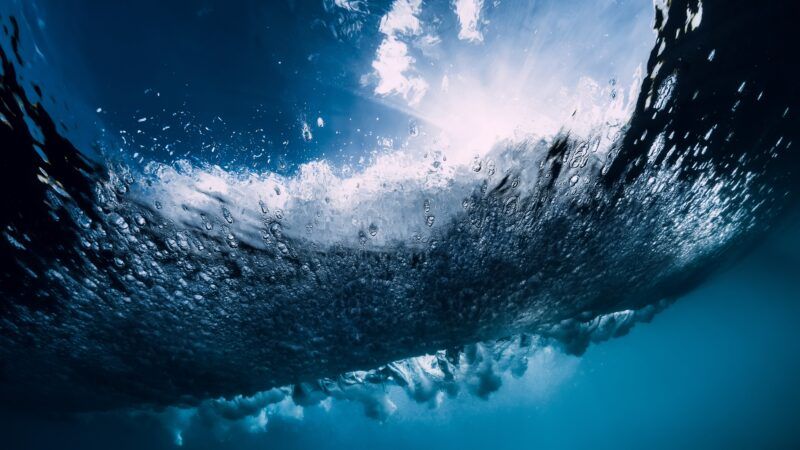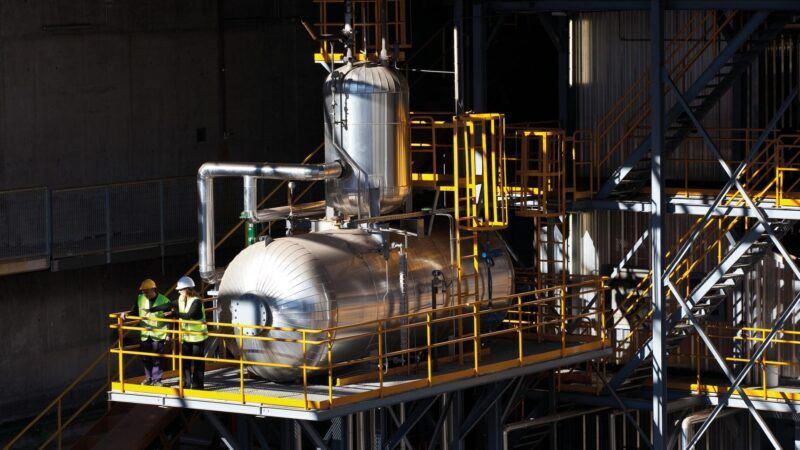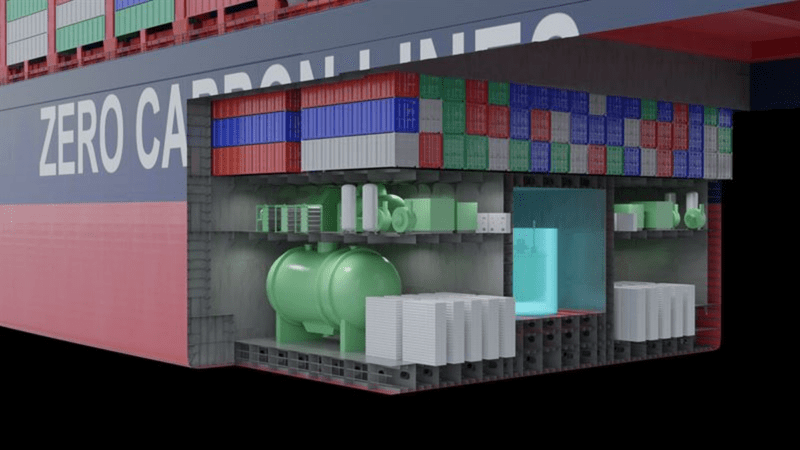The engineering firms Cordeel and COMSA lead the consortium in charge of planning and executing these European energy islands. The Port of Barcelona participates in this program with an initial installation in the Moll de Pescadors that is expected to increase its self-consumption of renewable energy from 44% to 68%. With a registered consumption of 777 megawatt-hours (MWh) in 2019, the system includes the installation of 1,545 photovoltaic panels that would generate a total of 708 MWh of renewable energy. Albert Cot, Head of COMSA, explains the details to PierNext.
What is an energy island?
It is a model that commits to self-sufficiency in energy generation, as well as in its consumption and storage. It reduces dependency on the distribution network and transport and, therefore, a reduction in the losses that this may cause. All energy consumed locally is efficient. Another advantage is that we ensure that we pay a known price for this energy, since the installation of, for example, a specific number of photovoltaic power is done with a business plan that spans for 15 or 20 years. Unless there is an unforeseen event like a natural catastrophe, you know in advance what the energy will cost you for the next 15 years.
What is the impact of having an energy island in large infrastructures such as ports or airports?
For a large infrastructure, to be able to forecast their energy costs is very important. Additionally, to be capable of generating part of its energy, from renewable sources, makes it even more relevant.
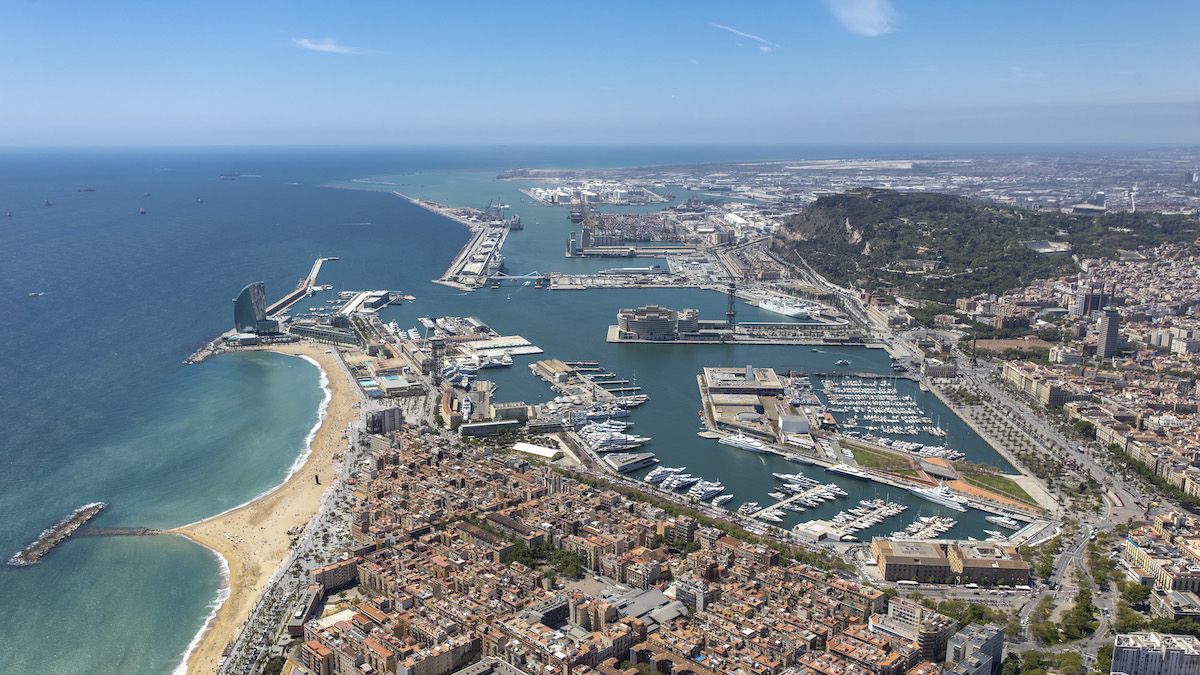
What changes are taking place in the energy sector?
When we speak of energy transition, we do it in a global context not at a regional or state level, especially in the climate emergency situation we are currently facing. Decarbonisation, the generation of electrical energy based on fossil fuels, is being displaced by renewable energy sources, basically solar energy produced through photovoltaic technologies, and the production of wind energy, both on land and offshore.
The second pillar are the large production centers, either nuclear or combined cycles with natural gas, which produce large electrical powers in the order of 1,000 megawatts. The new models are committed to decentralization and to distribute the generation of electricity in areas spread around the territory, with lower powers of 20, 50 or 100 megawatts at most.
The third pillar is the digitalization of energy to generate exactly the energy that is needed, neither more or less, and always in balance with the distribution network. This entails the use of advanced digital control tools and the ability to have batteries that allow to store the energy of a building, for example.
Creators is a pilot that started in September 2020 in the Moll de Pescadors. What's its objective?
The project includes the Llotja, the ice factory and other facilities located on this pier, such as parking lots and restaurants. First, we identify the distribution of energy consumption and monitor it over time. As the Port of Barcelona is situated in an open-plan area, which is well oriented and receives sunlight practically all 365 days a year, photovoltaic energy is the most suitable.
Panels have therefore been installed on the roofs of the buildings and on the pergolas. Once we identify both the consumers of this energy and the generators, a simulation and matching exercise is carried out, which gives us some conclusions like the percentage of self-consumption and the equivalent price per kilowatt / hour generated by the different actors. After this, we can dimension the investment and exploitation of the energy community.
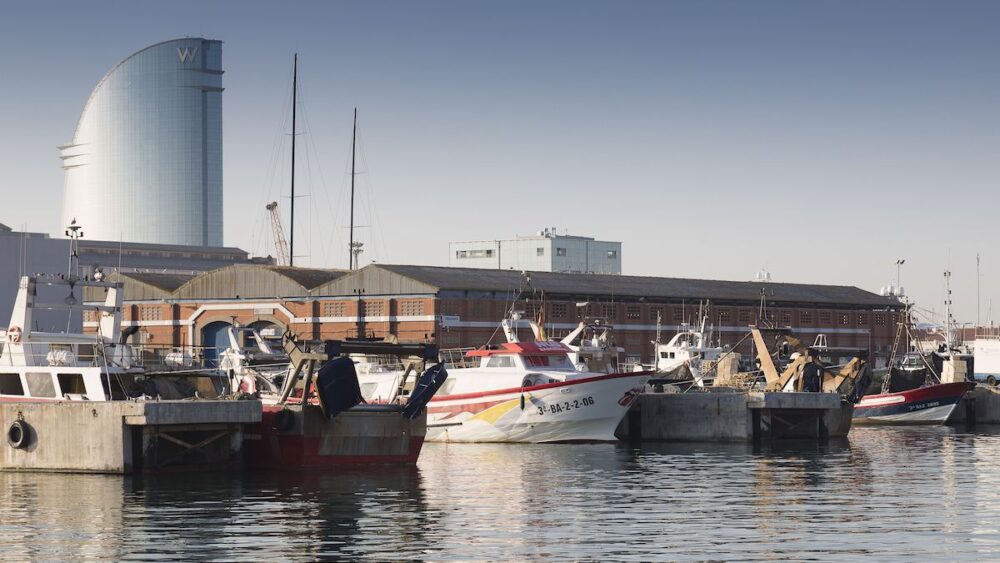 The location of the Port in an open area favors the installation of photovoltaic panels. (Port of Barcelona)
The location of the Port in an open area favors the installation of photovoltaic panels. (Port of Barcelona)
 The location of the Port in an open area favors the installation of photovoltaic panels. (Port of Barcelona)
The location of the Port in an open area favors the installation of photovoltaic panels. (Port of Barcelona)






